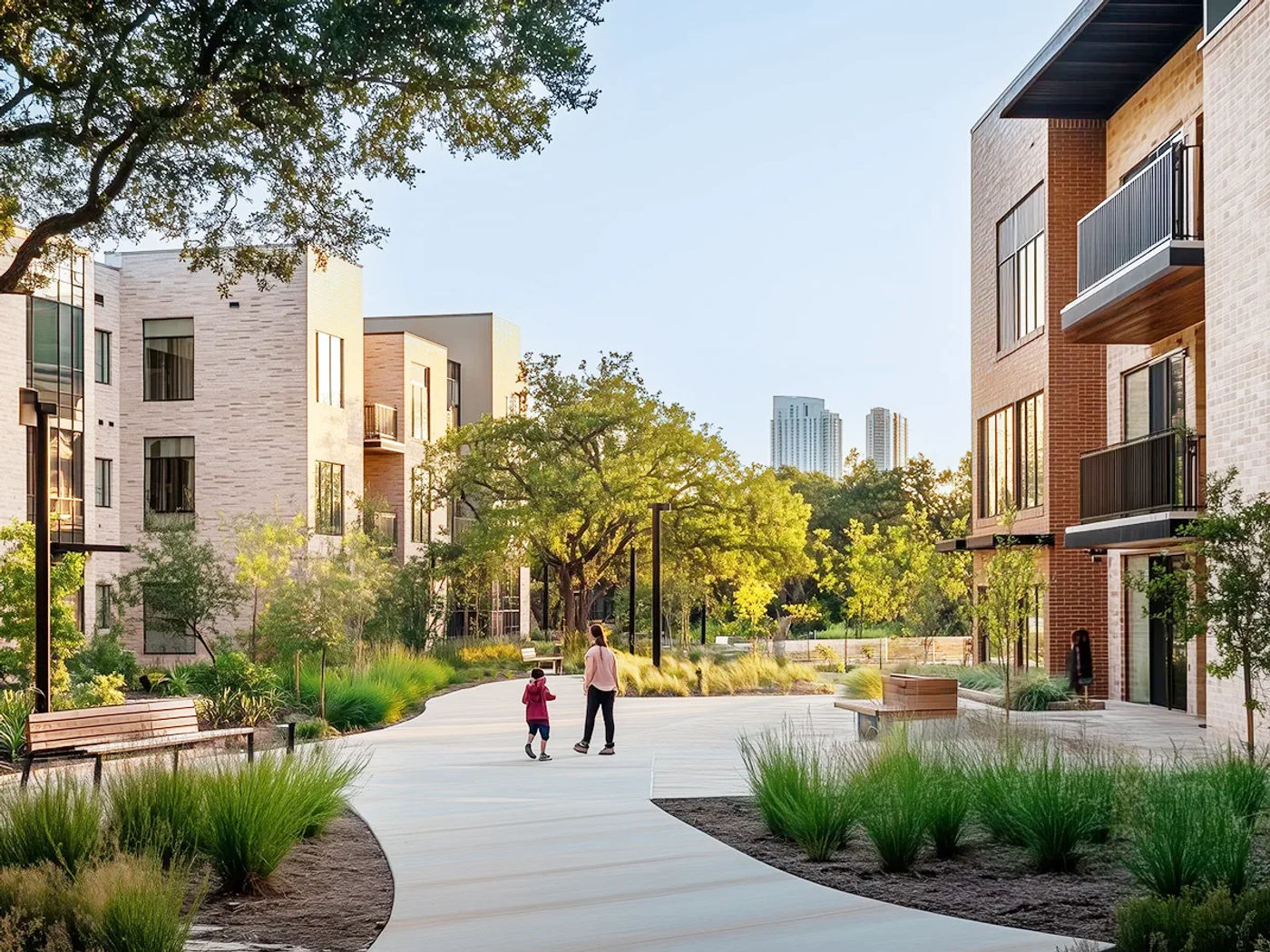Affordable Housing

Transforming Education Through Workforce Housing: Spotlight on Jeremy Striffler and Austin Independent School District
Affordable housing has emerged as a critical issue in cities across the United States, and Austin, Texas, is no exception. Amid skyrocketing living costs and an influx of new residents, the Austin Independent School District (AISD) is addressing the challenge head-on by developing innovative workforce housing solutions. At the forefront of these efforts is Jeremy Striffler, AISD’s Director of Real Estate, whose vision is transforming how school districts utilize their assets to support educators, staff, and the broader community.
The Genesis of Workforce Housing in Austin
The idea for workforce housing in Austin was born out of necessity. AISD has been grappling with a significant loss of students—approximately 10,000 over the past decade—as rising housing costs forced families out of the city. Striffler highlights that this trend affects not only families but also essential staff such as teachers, bus drivers, and custodians, whose wages have not kept pace with inflation and the rising cost of living.
The district recognized that maintaining high-quality education requires attracting and retaining talent across all roles. Community feedback amplified the urgency, emphasizing the need for affordable housing tailored to educators and staff.
The Vision: Mixed-Income Housing
AISD’s flagship workforce housing project, set to break ground in late 2025, exemplifies a forward-thinking approach. In collaboration with the NRP Group, the district will transform an 18-acre site into a mixed-income community featuring 674 apartments. Key features include:
- Income-Restricted Units: Half of the apartments will have below-market rents, aligned with salaries of district employees such as teachers and custodians.
- Family-Sized Units: Nearly 45% of the apartments will be two- and three-bedroom units, addressing a critical shortage of larger, family-oriented housing in Austin.
- Proximity to Schools: The site is within a 10-15 minute commute of multiple campuses and district facilities, reducing transportation costs for residents.
This development not only addresses housing affordability but also fosters community by creating mixed-income neighborhoods where, as Striffler puts it, “a tech worker could live next door to a first-grade teacher.”
Leveraging Partnerships and District Assets
AISD’s success is rooted in its innovative public-private partnership model. The district contributes land and offers property tax exemptions, dramatically reducing operating costs for developers. In return, the developer assumes responsibility for construction, management, and rent collection while paying AISD ground rent. This approach ensures that the district leverages its assets without taking on operational burdens.
Striffler credits AISD’s leadership for creating an environment that encourages innovation. “Our CFO and superintendent say ‘yes’ to ideas rather than defaulting to the way things have always been done,” he explains. This mindset allows AISD to pursue projects that meet immediate community needs while generating recurring revenue for educational programs.
Scaling the Model
The district is already planning a second, smaller workforce housing project on a 4.5-acre site. Striffler emphasizes the importance of a proactive approach, noting that AISD’s success stems from leading the conversation about asset utilization rather than reacting to external proposals. “It’s essential to know what you have,” he advises, stressing the importance of conducting thorough asset inventories and feasibility studies.
Broader Impacts on Education and Community
Beyond housing, AISD’s initiatives extend to improving school facilities and providing additional resources for educators and students. Striffler points to the district’s $2.5 billion modernization bond and its partnerships with organizations like Habitat for Humanity and the Austin Apartment Association, which offer housing resources and education for staff.
AISD has also seen a significant increase in rental revenue from school facilities, thanks to its partnership with Facilitron. The $1.8 million generated annually is reinvested in campuses, supporting programs such as teacher appreciation events, field trips, and classroom supplies. Striffler highlights how these efforts create a positive culture that helps retain staff and families, reinforcing the district’s enrollment-dependent funding model.
A Model for Other Cities
AISD’s workforce housing initiative offers a blueprint for other districts facing similar challenges. Cities like Atlanta, Georgia, could benefit from replicating this approach, particularly in addressing the needs of teachers and staff in high-cost urban areas. Striffler hopes that AISD’s success will inspire others to think creatively about leveraging community assets for the greater good.
Conclusion
Jeremy Striffler’s leadership exemplifies the power of innovative thinking in tackling systemic challenges. By aligning district assets with community needs, AISD is not only addressing housing affordability but also strengthening its schools and creating opportunities for its workforce. As other cities look to AISD for inspiration, Striffler’s work stands as a testament to the transformative potential of collaboration and vision.

